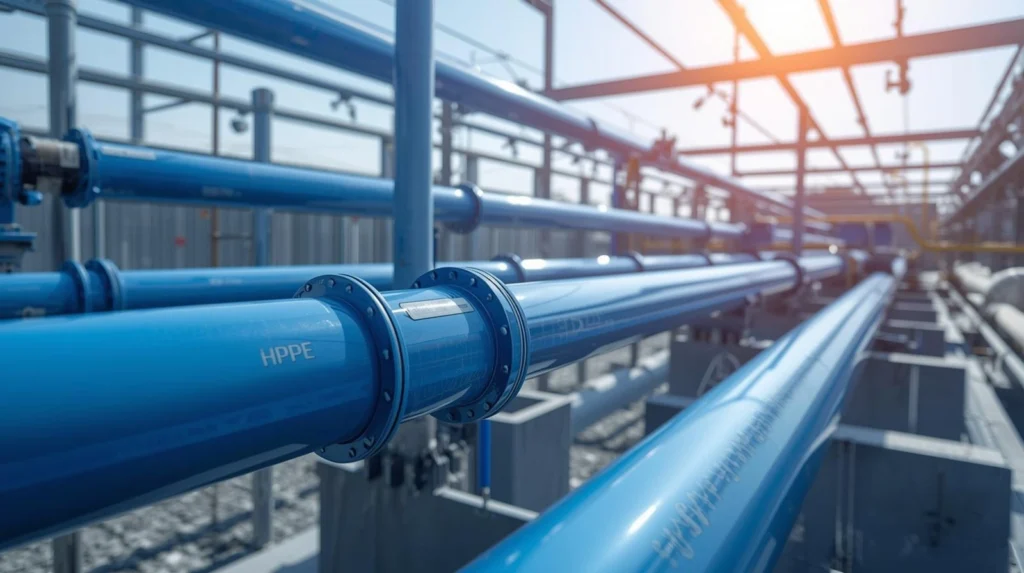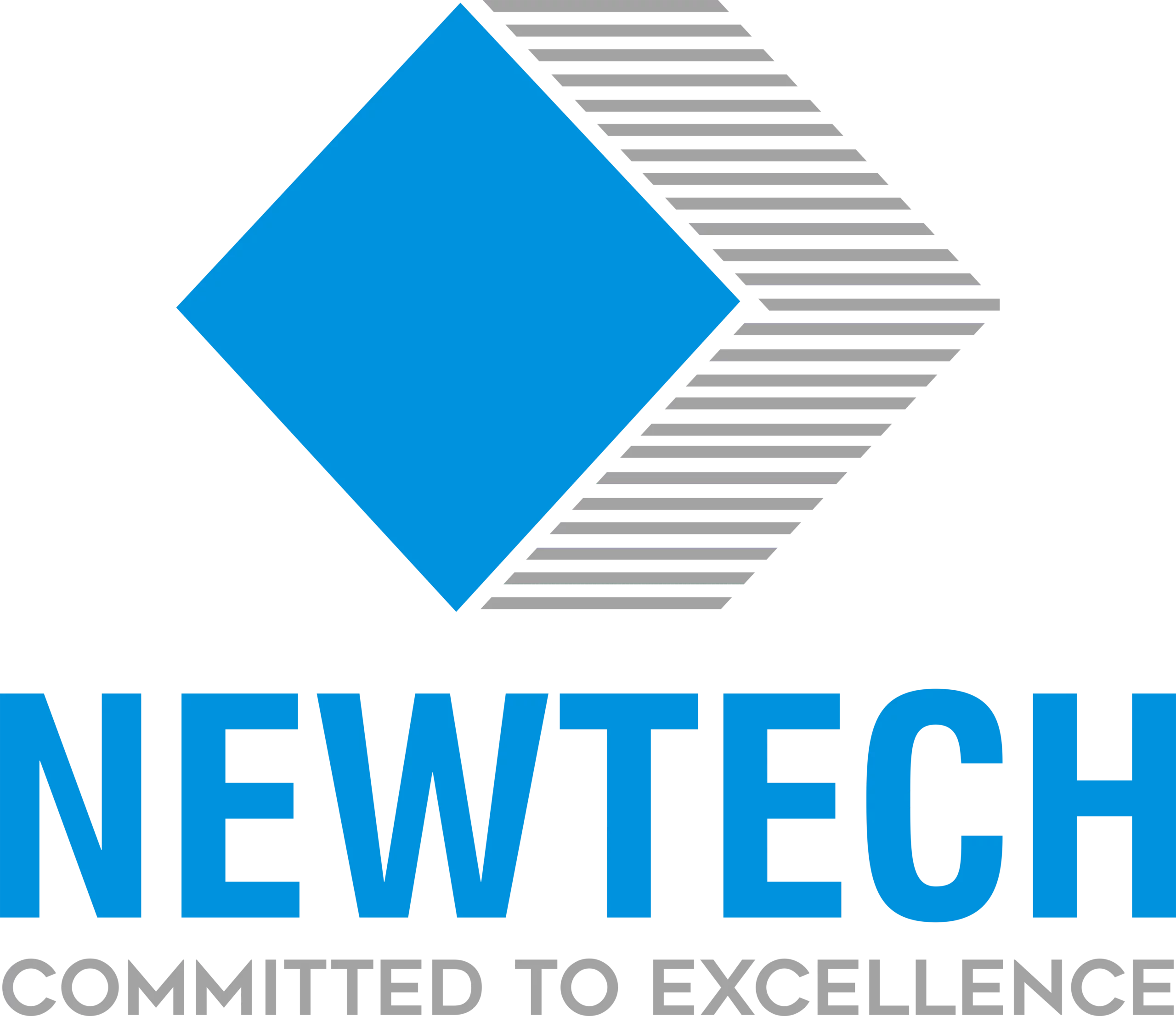As Pakistan faces increasing challenges with its water supply systems, the need for reliable and sustainable solutions has never been more pressing. How can we tackle the issues of water scarcity, aging infrastructure, and environmental stress? Enter HDPE pipes – a modern solution with the potential to revolutionize the way Pakistan manages its water resources.
In recent years, HDPE pipes (High-Density Polyethylene) have emerged as one of the most effective solutions for water distribution, offering durability, cost-effectiveness, and flexibility. But what does the future hold for this technology in Pakistan’s water management system?
This blog will explore the future of HDPE pipes in Pakistan’s water management, diving into their benefits, challenges, and the role they will play in building sustainable water systems. If you’re involved in water supply projects or simply curious about the future of water management in Pakistan, this post will provide valuable insights.
What Are HDPE Pipes and Why Are They Important?
HDPE pipes are plastic pipes made from high-density polyethylene, which is known for its toughness, flexibility, and resistance to various chemicals and environmental factors. These pipes are used extensively in water distribution systems, including for potable water, sewage, and industrial applications.
In Pakistan, where water supply systems are under immense pressure due to population growth, urbanization, and climate change, HDPE pipes are seen as a game-changer. They are more durable than traditional metal or concrete pipes, resistant to corrosion, and capable of withstanding extreme weather conditions, which is crucial in a country prone to floods, heatwaves, and droughts.
Pro Tip: HDPE pipes can last for decades with minimal maintenance, making them a cost-effective solution in the long term.
How HDPE Pipes Are Revolutionizing Water Supply in Pakistan
Pakistan’s water supply system is facing a major crisis, with many regions experiencing water shortages due to inefficient infrastructure, contamination, and climate-induced fluctuations in rainfall. HDPE pipes provide a robust solution to some of these issues.
- Longer Lifespan: HDPE pipes have an estimated lifespan of over 50 years, compared to the 15-20 years of traditional pipes. This makes them an excellent investment in long-term water infrastructure projects.
- Resistance to Corrosion: Unlike metal pipes that corrode over time, HDPE pipes are immune to corrosion, making them ideal for transporting water in environments with high acidity or salinity, which is common in certain regions of Pakistan.
- Leak Prevention: HDPE pipes have welded joints that prevent leaks, which is crucial in a country where water losses due to pipe leaks are a significant concern.
The adoption of HDPE pipes in cities like Karachi and Lahore has already begun to show positive results, as they are replacing outdated pipes, ensuring a more reliable and efficient water supply.
The Role of HDPE Pipes in Overcoming Water Scarcity
Water scarcity is one of the most pressing issues Pakistan faces, with millions of people lacking access to clean drinking water. The introduction of HDPE pipes in water supply systems is helping to tackle this challenge in several ways:
- Efficient Water Transport: HDPE pipes offer a more efficient means of water transport over long distances, ensuring that water reaches remote areas where traditional infrastructure has failed.
- Improved Water Quality: HDPE pipes are non-toxic and do not leach chemicals into the water, ensuring that the water remains clean and safe for consumption.
- Reduced Water Wastage: By minimizing leaks and breaks in the water supply network, HDPE pipes help reduce water wastage, making the most of the limited water resources available.
Case Study: Punjab’s Water Distribution Upgrade
In Punjab, the local government has invested in replacing old galvanized iron (GI) pipes with HDPE pipes. This project has reduced water leakage by 40%, significantly improving the availability of water for local communities.
Challenges to HDPE Pipe Adoption in Pakistan
While HDPE pipes offer numerous advantages, there are challenges that need to be addressed to ensure their widespread adoption:
- High Initial Costs: Though HDPE pipes are cost-effective in the long run, their initial installation costs can be higher than traditional pipes, which may deter some local authorities from making the switch.
- Lack of Awareness: Many engineers, contractors, and decision-makers are still unfamiliar with the benefits of HDPE pipes, leading to reluctance in adopting this technology.
- Quality Control Issues: There is a need for stringent quality control measures to ensure that the HDPE pipes meet the required standards, as subpar products can undermine the system’s effectiveness.
Pro Tip: Training and awareness campaigns for engineers and local authorities can help overcome these challenges and promote the benefits of HDPE pipes.
The Future of HDPE Pipes: What to Expect?
As we look to the future, HDPE pipes are expected to play an increasingly important role in Pakistan’s water management. Here are some key trends and innovations to watch for:
- Smart Water Management: With the advent of smart technology, HDPE pipes are likely to be integrated with sensors that monitor water flow, pressure, and quality in real-time. This will help authorities detect leaks and inefficiencies faster, ensuring a more responsive water supply system.
- Sustainability Focus: As the global demand for sustainable infrastructure grows, HDPE pipes are expected to be favored for their environmental benefits. They are 100% recyclable, reducing their environmental impact compared to other pipe materials.
- Government Support: The government of Pakistan is likely to increase investments in HDPE pipe technology as part of its long-term strategy to improve water management. Public-private partnerships and foreign investments will be key to accelerating adoption.
Expert Insight: “The future of water management in Pakistan hinges on embracing modern solutions like HDPE pipes. They not only provide immediate benefits in terms of efficiency and cost-effectiveness but also contribute to long-term sustainability.” – Water Resource Expert, Government of Pakistan
Conclusion
HDPE pipes represent the future of water management in Pakistan. With their superior durability, resistance to corrosion, and ability to prevent leaks, they are the ideal solution to address the country’s aging water infrastructure and ongoing water scarcity challenges. Although there are hurdles to overcome, such as initial costs and a lack of awareness, the potential benefits far outweigh these challenges.
By investing in HDPE pipe technology and integrating it with modern water management practices, Pakistan can build a more sustainable and efficient water supply system, ensuring that clean water is available to all, regardless of location or climate conditions.
High-Quality Pipes & Fittings – Built to Last
FAQ
1. Why should Pakistan adopt HDPE pipes for its water supply systems?
HDPE pipes offer long-lasting durability, resistance to corrosion, and leak prevention, making them an ideal solution for improving water supply in Pakistan’s challenging environment.
2. What are the advantages of HDPE pipes over traditional metal pipes?
HDPE pipes have a longer lifespan, better resistance to environmental stress, and are immune to corrosion, which makes them more suitable for Pakistan’s varied climates.
3. How do HDPE pipes help reduce water wastage?
HDPE pipes minimize leaks and breakage, reducing water loss and ensuring that more water reaches the intended destinations.
4. Are HDPE pipes more expensive than traditional pipes?
Although the initial cost of HDPE pipes can be higher, their long lifespan and minimal maintenance make them a more cost-effective solution in the long term.
5. How can HDPE pipes contribute to solving water scarcity in Pakistan?
HDPE pipes enable more efficient water transportation, reduce leaks, and ensure that water remains clean and safe for consumption, helping address the water scarcity issue.
6. Will HDPE pipes play a significant role in future water management?
Yes, with technological advancements and growing environmental awareness, HDPE pipes are poised to become a cornerstone of sustainable water management in Pakistan.
7. Can HDPE pipes be used for other purposes apart from water supply?
Yes, HDPE pipes are also used for sewage, industrial applications, and gas distribution, making them versatile for various infrastructure projects.


